Every pro should learn how to take good pictures of their projects, whether it’s for documenting, marketing, or pitching ideas with clients. On one hand, smartphone cameras nowadays do most of the work for you, taking care of all the technical parts and making sure most of your pics look decent enough.
But technology can only do so much. That’s why every now and then you see professional photographers or filmmakers using an iPhone for an entire project, proving that technology definitely helps, but you can only get pro results if you know your stuff.
However, you don’t need a photography class to get the job done. You’re busy and you just need to know how to take good pics from your phone, so let’s get down to the tips!
Framing

Framing is probably the number one reason most pics taken haphazardly look bad. There’s a learning curve to good framing, but a general tip I like to give is that you probably need to step further away than you think.
Start with that and try to get only the most important elements in frame. If you need something to help balance the shot, most phones have the option to use a grid. It’s quite useful to either center a subject or make sure the important elements are balanced.
Finally, avoid using the “zoom” feature in smartphones. Most smartphone cameras only have digital zoom, which is literally just stretching your image and costing a lot of quality in your photos. It tends to make pictures blurry and shaky too, so avoid it at all costs.
If you must adjust a poorly framed picture in post, use the crop feature in your native photo editor instead.
Lighting
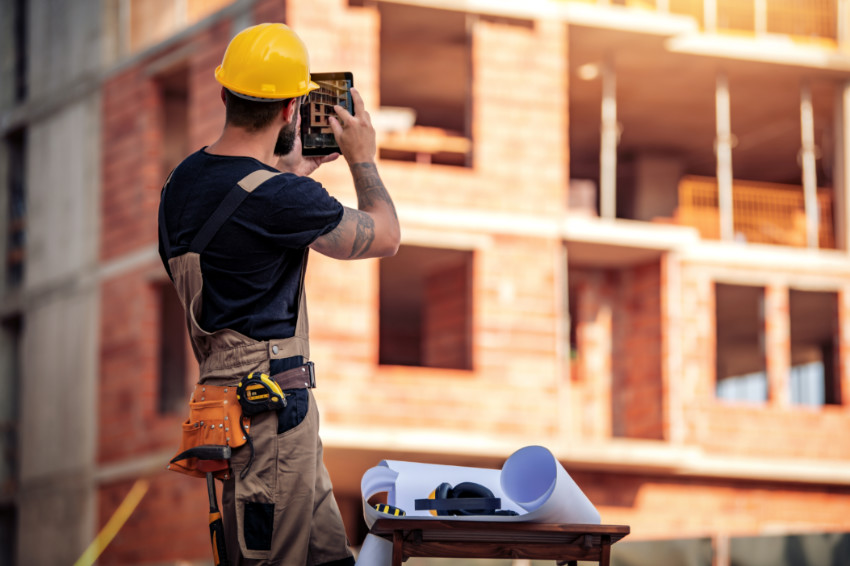
Lighting is the hardest aspect to tune manually, which is why smartphones tend to do most of the heavy lifting for you in this department, but mistakes can still happen.
In most situations you don’t have to worry about lighting, but it can get tricky if you’re taking a picture with two very extreme lighting conditions – for example, one side of the frame is sunny and the other is in the shadow. Smartphone cameras have the tools to handle these extremes, but they can only do so much.
If you can, try to balance your picture for the most important element, or at least take a different angle where the lighting is more even. In most smartphones all you have to do is tap the screen on the subject you want to focus on and the camera will do its best to balance the lighting for it.
If you’re struggling with taking good pics, remember to look for reference! Go to Google and search for project pictures similar to your goal and try to replicate the angles you find, it’s of great help.
Flash
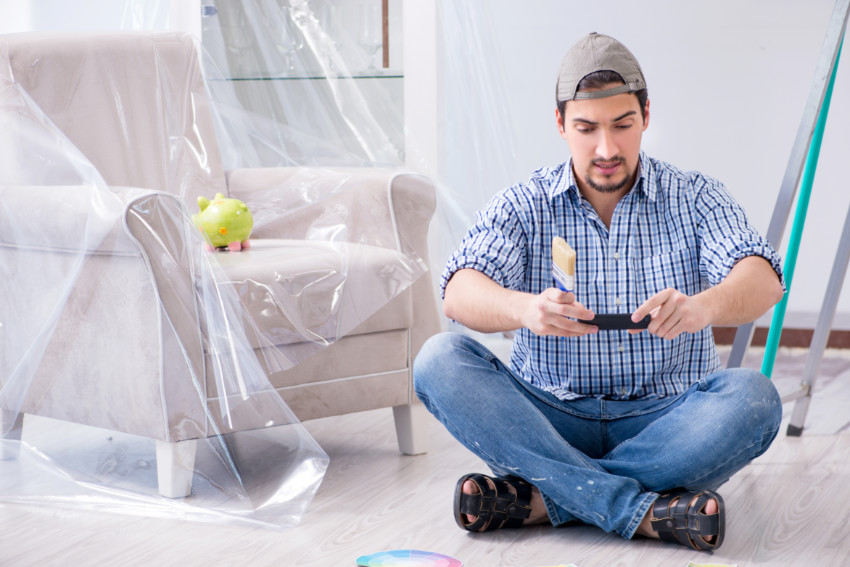
When it comes to project pictures in general, you almost never want to use your flash. If you have it set to auto, feel free to disable it completely.
If you must take a picture for internal use of a particularly dark area, then of course the flash will save you, but when talking about pics that you want to show off on your website, avoid it at all costs. The flash effect can really kill the look of a photo and make it look really odd and amateur.
Instead, opt for making good use of whatever lights you have nearby, sunlight, or just better angles.
Click away
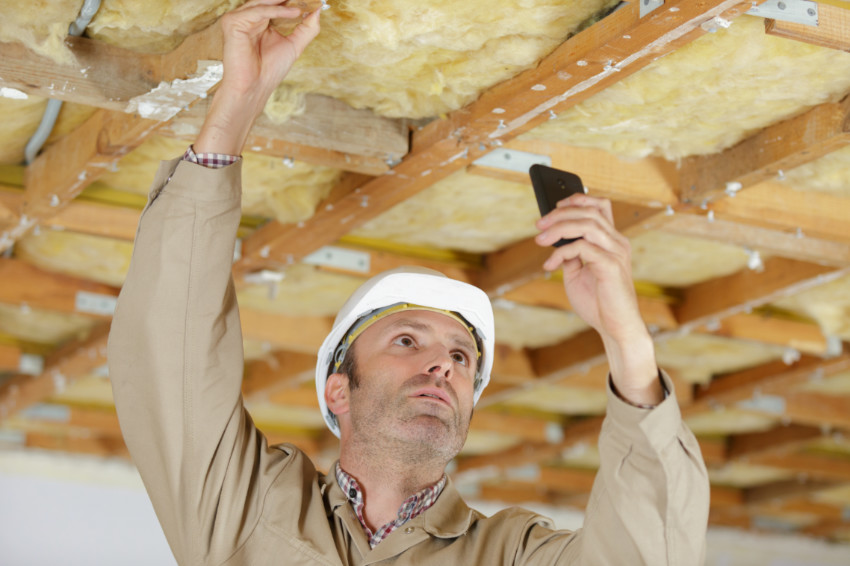
There’s no reason to skimp out on taking pictures nowadays – we’re no longer wasting film to do it. If you’re not very confident as a photographer, take these tips in consideration and take as many pics as you need.
Experiment with a few angles and lighting conditions too, since you can do it very quickly while taking tons of clicks. Later, you can choose the ones you like more and in time, you’ll learn which angles work best from experience.
Prep the area
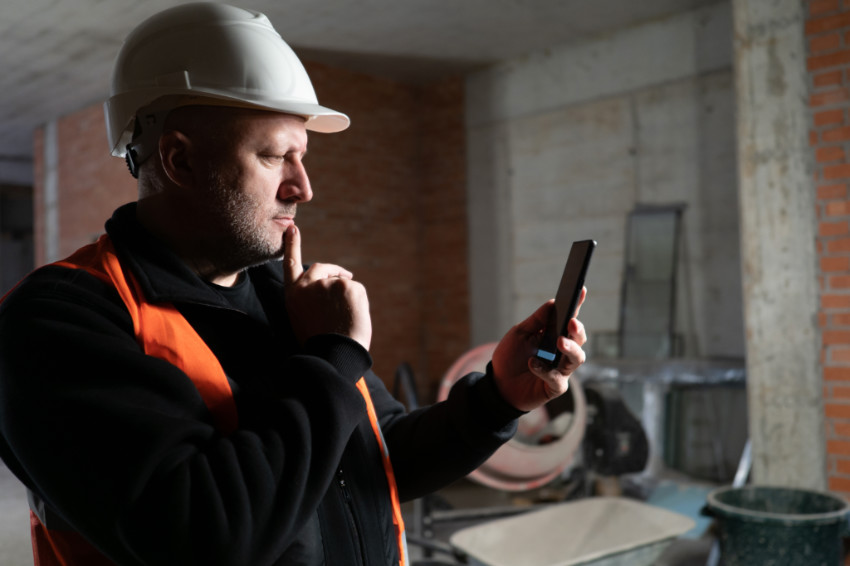
You’d be surprised by how much you can improve your pictures when you take a moment to prep the area. If you’re taking the picture of a finished project, for example, it’s within your best interest to make it look as finished as possible.
Take a moment to clean the area, remove any tools or debris that might appear on frame and you’ll have a much better image. With experience you’ll also learn to take advantage of natural lighting and good angles, making you a much better photographer – even if all you have is a smartphone.
Take the first step towards growing your business today and start receiving leads that will make you money — Sign up with homeyou!

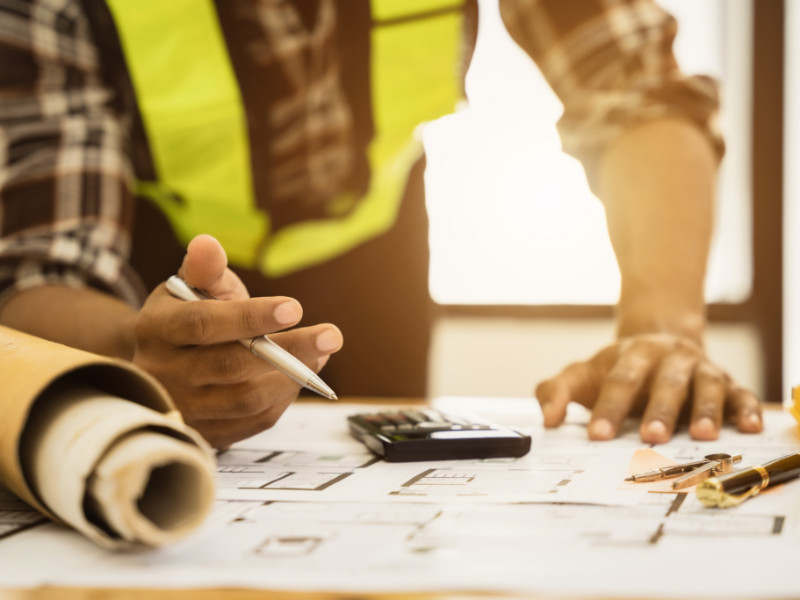

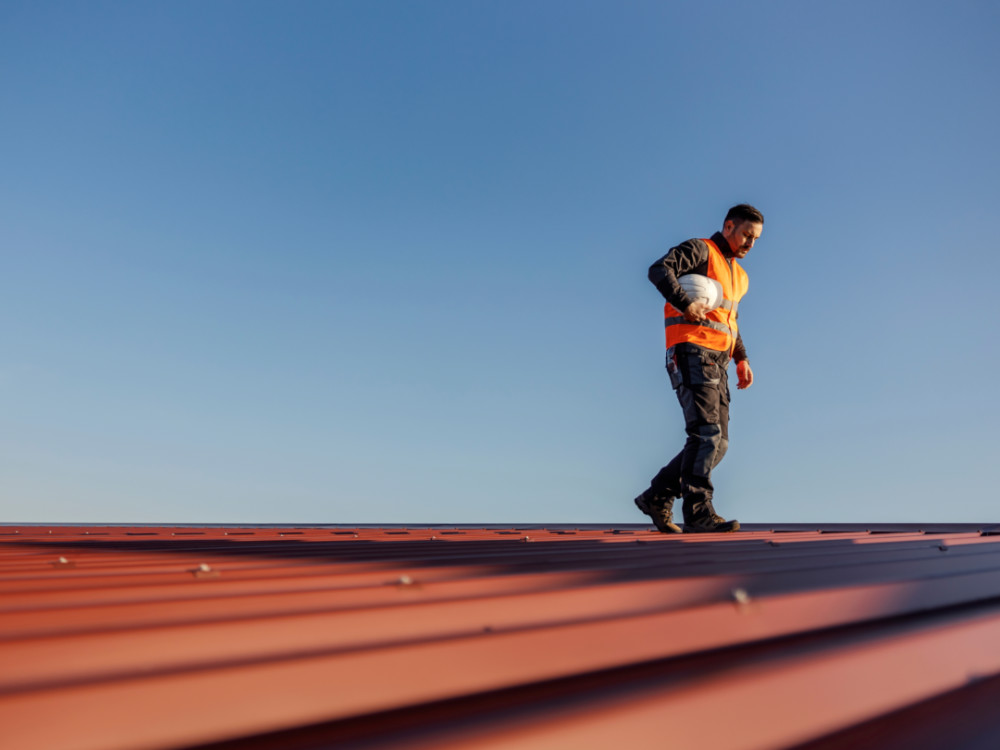
Comments